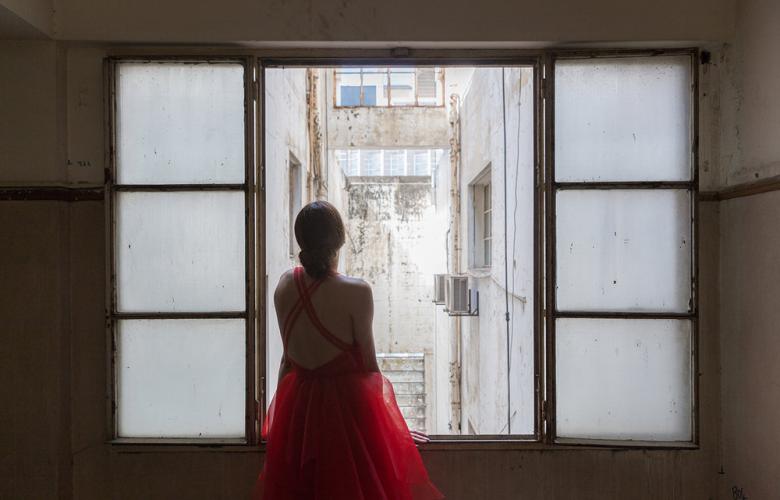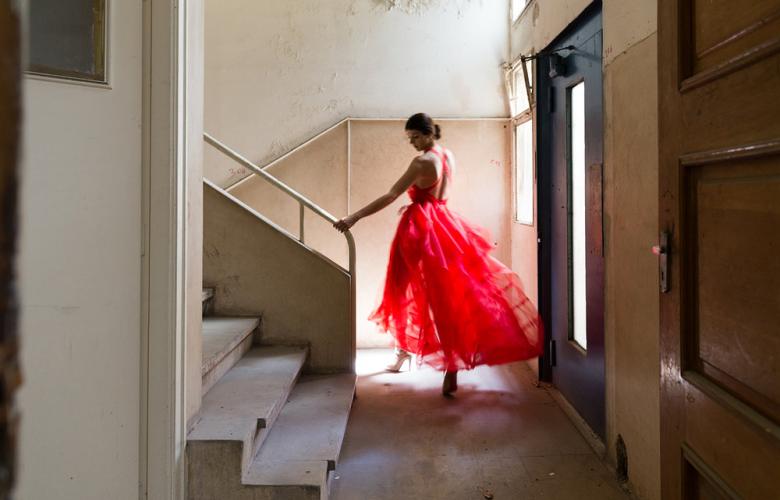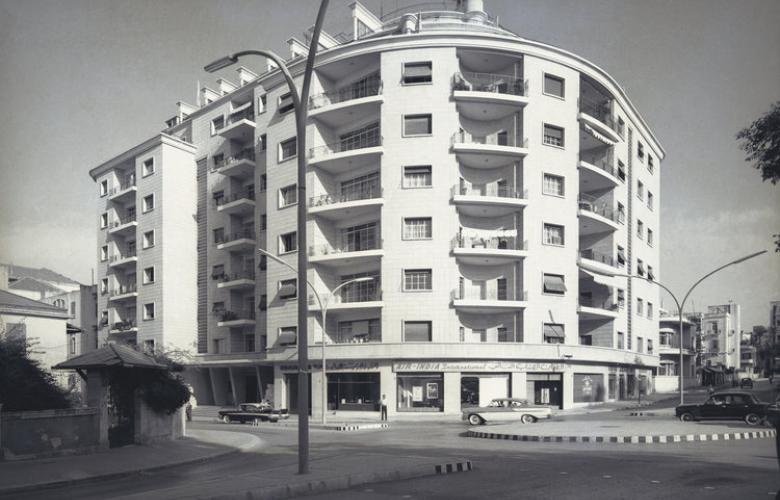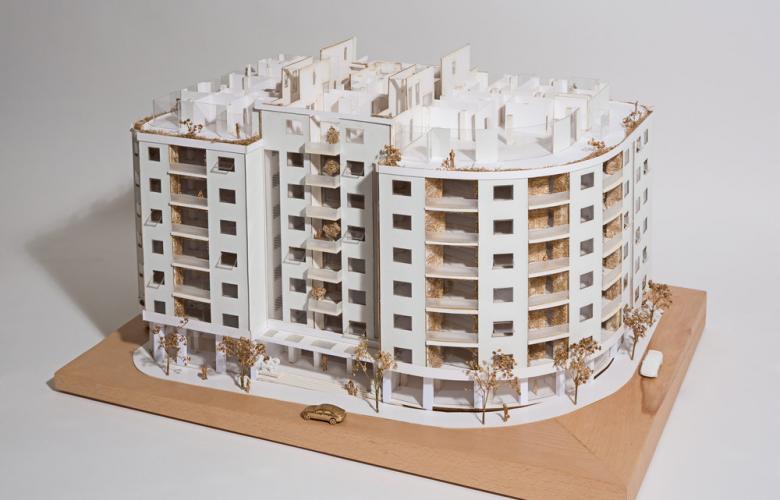Golden era building of Beirut to become current design masterpiece
Golden era building of Beirut to become current design masterpiece
Karim Nader Studio has taken on the grand task of bringing this once-grand residential building in Beirut, Immeuble de l’Union, into the 21st century
Immeuble de l’Union on Spears Street, Beirut was completed in 1952. Grand, luxurious and refined, the project embodied the spirit of a golden era. The building features numerous innovations that were high-tech for the period: an underground parking with a carwash, water boilers directly imported from the USA, a trash chute with incinerator from France, four German elevators, and phone booths on the ground floor and in the roof club.
Two now-famous sculptures representing women adorn the building entrance, its doors ornamented with pink copper and black steel, floors of polished white marble with green diamond inserts, wide staircases with complex wrought iron balustrades and two colourful mosaics.
To light and ventilate the massive volume of the project, originally only intended to be residences, five 2.4m wide voids perforate through the building creating unusual shafts visible from the access corridors on all floors. They initially serve to light and aerate kitchens and secondary rooms, as well as the two main stairwells.
Fast-forward to Beirut 2017, a renovation is in planning. The building in its grandeur inspires a certain respect, though some things will have to change. The ground floor remains commercial, but the lobby now extends front to back from Spears to the Salim Boustany creating a major transparent thoroughfare, connecting the two streets and extending inwards. Through a golden interweaving of threads, four major voids are opened in the ground floor ceiling revealing the dramatic shafts above as if on display through the glass enclosures.
To maximize the use of the deep plates of the building, the six first floors are readapted as office spaces while the two top floors become bespoke residential simplex and duplexes. The apartments all benefit from terrace spaces with selected expansive views to Sanayeh Garden, the National Library, Spears, the central district, and the Mediterranean beyond.
Architecturally, the project kept almost all its external features intact, slightly toned down in a whiter colour. In contrast to the pure palette, several landscaping details transform and renew the perception of the building. Green walls inhabit the main terraces, creating curving vertical tapestries of native gardens. As for the residential roof floors, they are the opportunity to reproduce the Beiruti urban villa experience with extending planted balconies and terraces as permeable spaces, cantilevering wave-like steel pergolas and fully-openable glass enclosures.
The project is certainly to be preserved for its sheer elegance and architectural historical value, but also for its potential re-use. Karim Nader Studio noted, “We wish for this project to be an example of renovation without nostalgia through mixed-use re-programming. We aspire to practice restraint, attempting to never overpower the original lines of the design, but we also need to know how to intervene when it is needed, to make the building safer, lighter and more user-friendly: an architectural intervention for enhanced legibility and even more beauty. We wish to hopefully achieve a contemporary take on what was once a masterful accomplishment, its life as a famous icon now hopefully extended.”
Seeking to shoot the building one last time before the renovation works start, the "Woman in Red" sequence features a woman dressed by Mira Hayek in layered red organza. Shot by Marcel Rached, the photoshoot was presented during Beirut Design Week 2017.
Designed by Karim Nader with Karina el Hage, Sarah Bayeh, Ahmad Yehya, Nicolas Araman, Iyad abou Gaida, Christy Layous, and Mario Khoury, this project is currently in progress.
For more information including additional photos and architectural visualisations, visit the Karim Nader Studio website.
See also:
Inside the architectural masterpiece overlooking the Bay of Jounieh, Lebanon
Vine-covered Gazebo House concept in Lebanon
Beach house design celebrates the sea and sunsets in Amchit, Lebanon







